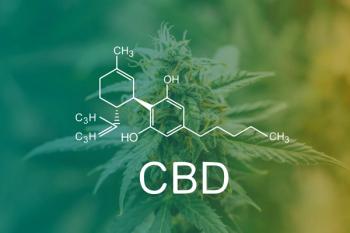
What Is the Reality behind the Hype about Hemp?
How much does hemp live up to its advertised potential as a versatile, sustainable crop and what is blocking its path to realizing its full abilities?
Several years ago, the 2018 Farm Bill legalized growing hemp plants that contain less than 0.3% tetrahydrocannabinol (THC), so why hasn’t hemp been fulfilling its touted potential to revolutionize construction materials and textiles while absorbing carbon?
“There’s certainly an enthusiastic population that believes that hemp is somehow a better plant than every other crop that we’ve been studying for decades,” said says Lawrence Smart, a hemp specialist and professor at Cornell University’s School of Integrative Plant Science (1). “But compared to soybeans or corn or wheat, we know virtually nothing about how to optimize its growth or maximize its use.”
“Everyone talks about how you can make 25,000 things out of hemp, but it’s got to be equivalent [to other products] in the marketplace for people to adopt it,” said Smart (1). “And it’s got to be economically viable.”
Hemp is currently being used in some industries already. Combined with lime, hemp stalks are being used to create “hempcrete,” a renewable material compared to concrete; protein-rich hemp seeds are used in animal feed; hemp twine is used to create clothing and can be grown using less water than is required to grow cotton; and it can draw heavy metals and toxins from the soil (1). But its uses and full implementation are limited by several factors. For example, hempcrete costs more to make than concrete, cotton has been industrialized for far longer and can also be waste-free in the same ways as hemp, and there aren’t yet any hemp-approved pesticides commercially available to aid in the growing of the crop (1).
The long prohibition on cannabis excluded it from studies on its potential to absorb carbon, or to produce enough harvest cycles to know how pests and diseases actually affect it, explained Jeffrey Steiner, director of the Global Hemp Innovation Center at Oregon State University (1). “We need an entire lifecycle analysis before we can know how much this crop can actually sequester,” he said (1). Hemp is still a newcomer to cultivation techniques that have benefitted other crops for decades.
Unless cannabis is legalized at the federal level in the near future, opportunities for hemp could come with the reauthorization of the Farm Bill this year, which Smart pointed to as a chance for hemp to be fully decoupled from cannabis crops and begin to fully compete with other products (1). Perhaps then hemp’s full potential could begin to…grow.
Reference
Newsletter
Unlock the latest breakthroughs in cannabis science—subscribe now to get expert insights, research, and industry updates delivered to your inbox.




